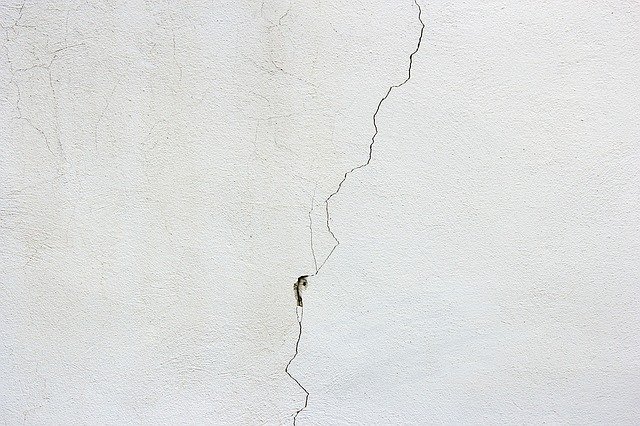
Some parts of Canada have been known to experience some heavy rain precipitation in a year. The wet and humid conditions may be pleasant for some people, but for those with older basements, they can cause a lot of problems.
Many of the older homes have already lost the effectiveness of the seals used to protect the foundations, which means water can easily pass through into the basement floors and walls. The damage can progress slowly without being identified until it becomes too major.
Every homeowner must pay attention to the basement to ensure it does not get damaged beyond repair. Some of the signs of water damage you should be aware of include:
- Vertical or horizontal cracks on the walls
- Horizontal cracks along the seams where the floors and walls meet
- Musty smell
- Vertical cracks on staircases in the basement
- Peeling paint
- Growing mold. Sometimes mold can grow hidden behind walls, but you can still experience symptoms related to its presence, such as headaches, runny or congested nose, sneezing, and itching or watery eyes.
These signs do not need professional expertise to identify. However, fixing them will require skills and experience that homeowners may lack but are available when you visit website. If you prefer the DIY approach, you may be tempted to seal off the cracks or clean the mold, but those will not give the durable solutions a professional can bring.
Even if you use online resources that show how to fix cracks, the results will not have the same qualities that hiring qualified personnel would. Most of the videos and content about repairing cracks do not show how to ensure the problem never recurs. They only focus on cosmetic repairs, which will not stop water from seeping through the walls and floors. Using them is still a good option when looking for a reprieve until you get a home renovation contractor to fix the water problem permanently.
Some of the factors to consider when weighing your options include:
- The seepage versus the crack: Before trying the repair, figure out whether repairing the crack will stop the seepage
- Source of the leak: Determine whether the water leak is coming from outside or inside. If it is interior, cracks will appear on the floor, but if external, cracks will be on walls.
- Leaking spots: Is it just one section that is leaking, or are they multiple?
- Weak spots: If you fix the current leak, will water find another area to seep through?
- Status of the seal: Find out whether the seal is still intact or has deteriorated
All these require trained personnel to fix because cracks are mostly caused by the water near or under the foundation. Unless that water is released to reduce the pressure it exerts on the foundation; the problems will continue to manifest and possibly cause the walls to collapse.
Visit website to get help from specialists who will show you the exact source of the water and implement step-by-step measures to ensure the problem does not recur.










